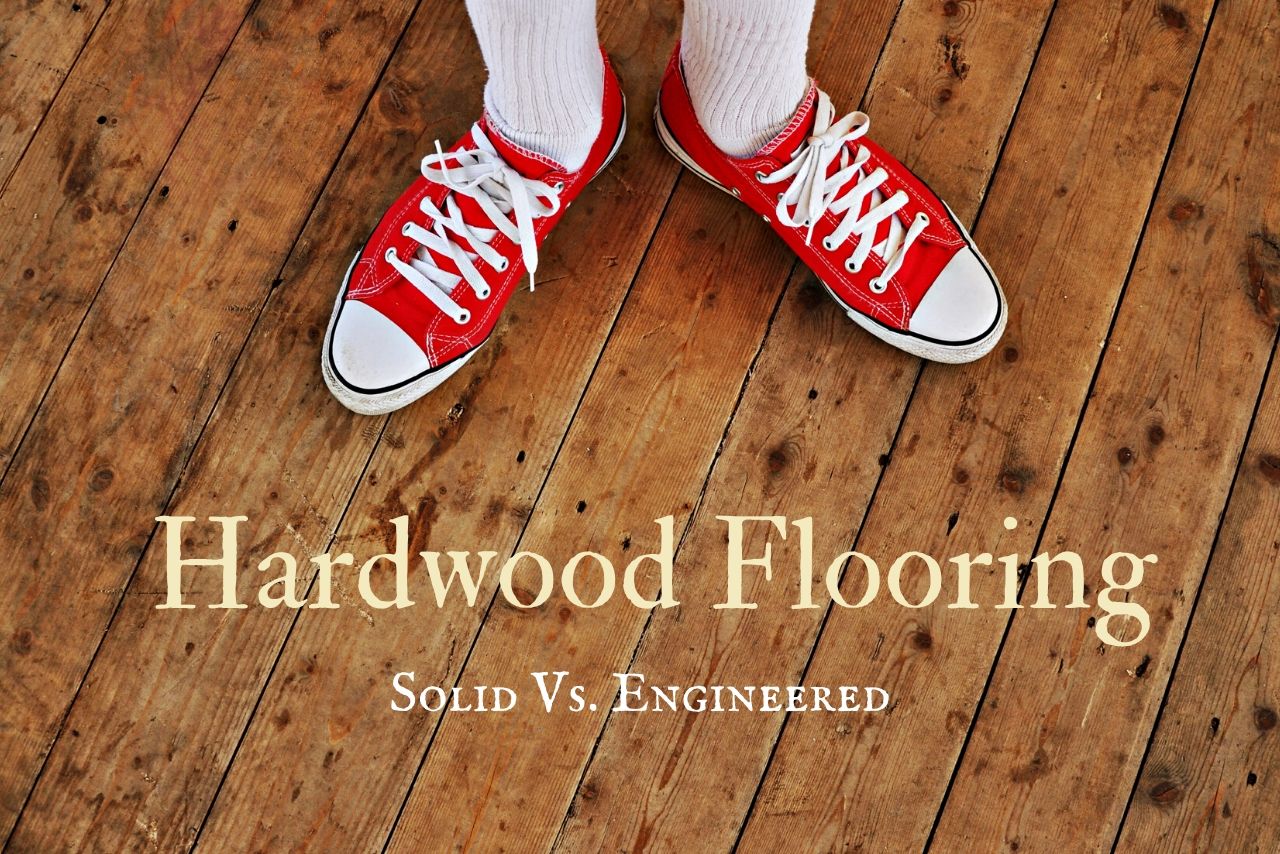When it comes time to choose a wood flooring for your house, you might not realise just how many options you have. Of course, you are going to have to choose a colour and type of wood, but you will also need to determine if you want to have an engineered wood floor, or if you want to go with a solid hardwood floor. In concept, the two types of floors sound incredibly similar. However, everything from the way these floors are made to the capabilities of the floors are very different. Before you invest in the flooring for your house, you should first understand the differences between these two commonly used wood floorings.
Figuring Out the Differences
As you begin to search for different types of engineered timber and oak flooring to compare, there are a few things you will want to keep in mind. First, it is possible to have a house with both engineered and solid wood flooring, as each type of floor is more beneficial for a specific area of the house. This is a good way of saving money on resources, while still attaining the wood floor appearance that many people love.
Engineered wood flooring is made from a thin piece of real wood, placed on top of a high-quality plywood base. It maintains the appearance of real wood, without any of the heft. On the other hand, solid hardwood floors are exactly what they sound like. They are planks of solid wood and nothing else.
Generally, engineered wood tends to be less expensive and easier to install in the house, since it is lighter and easier to make than solid hardwood flooring. It doesn’t need to be sanded very often at all, usually only once or twice in total. As long as the floor remains in good condition, it has as much resale value as a solid hardwood floor.
On the other hand, while solid hardwood floors tend to be more expensive and harder to install, they can be sanded down many, many times to retain its beautiful appearance. It has a considerably higher resale value than other types of floors because of its highly sought-after looks. It is far more durable than its engineered counterpart, easily lasting for at least two decades before it succumbs to moisture.
Where Does Each One Go?

Because of their differences, each type of wood is better suited to a different room in the house. Solid flooring tends to be the best for most living areas, bedrooms, hallways, dining rooms, and so on. This is because these areas tend to be the drier parts of a house, and it is also where the beauty of the wood will get the most recognition.
Engineered wood floors work well in the kitchen and bathroom, as they can handle moisture significantly better than hardwood floors can. If you want to keep the appearance of a wooden floor throughout the house, knowing where to put each type of wood helps out a lot.





